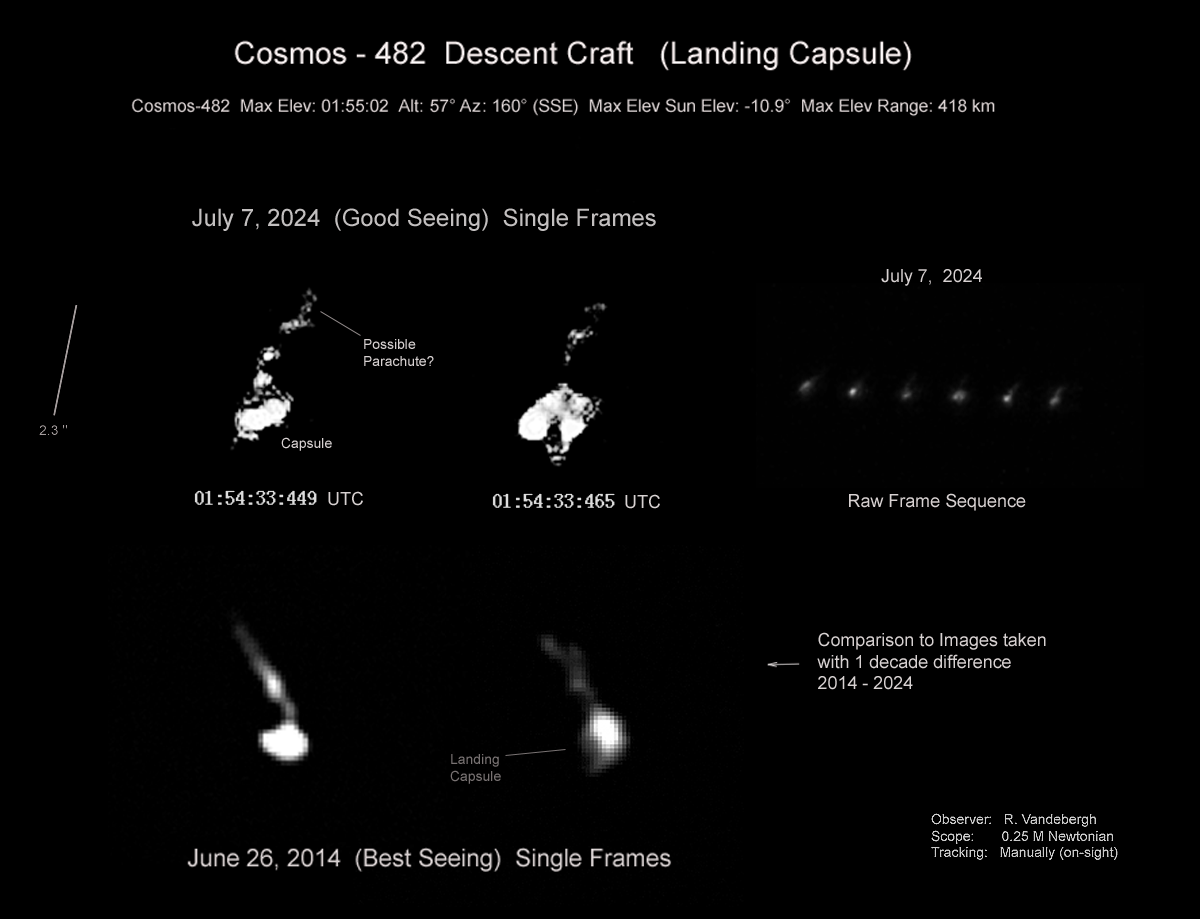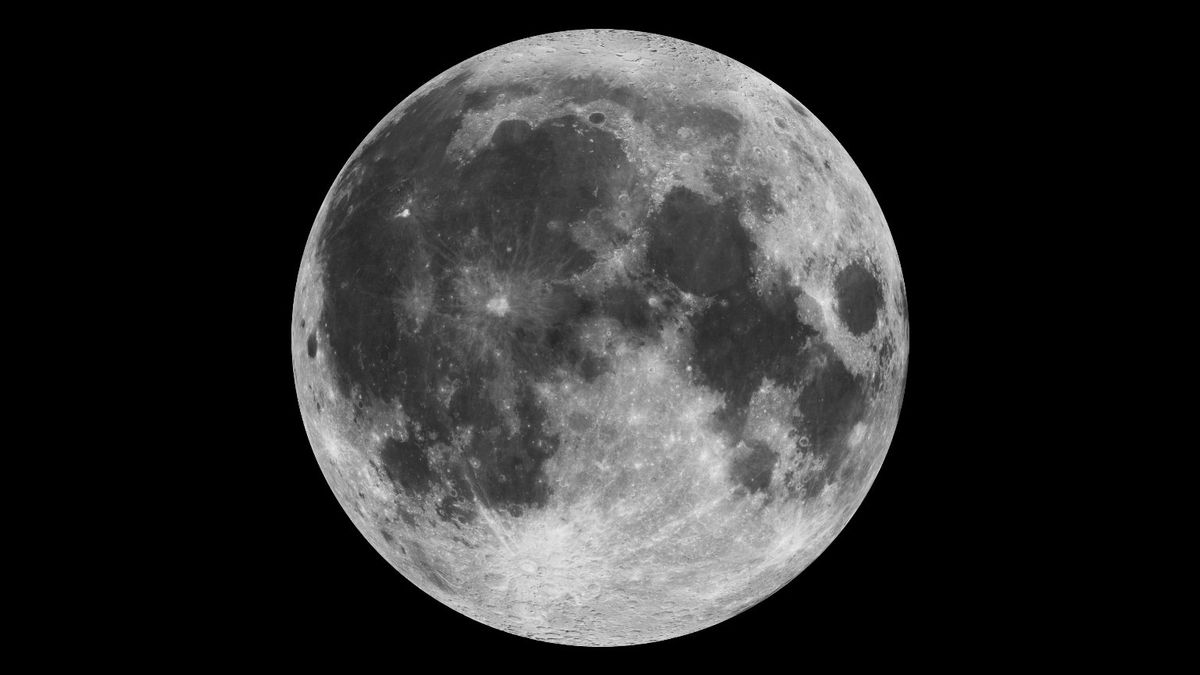A Soviet-era spacecraft is set to reenter Earth's atmosphere after over 50 years in orbit, and you may just be able to see it blaze through our skies during a live webcast.
Using its robotic telescopes in Manciano, Italy, the Virtual Telescope Project aims to observe the anticipated reentry of the former Soviet Union's Cosmos 482 spacecraft. The probe intended to deliver a descent module to the surface of Venus, but failed to escape low Earth orbit following its launch in 1972.
To catch a glimpse of the spacecraft, the Virtual Telescope Project will host a live webcast online, beginning at 11:40 p.m. EDT on May 8 (0340 GMT May 9). You can watch the livestream here on Space.com courtesy of the Virtual Telescope Project or directly on their WebTV page or YouTube channel.

Since its failed launch, the spacecraft's descent module — a heavy, durable object built to survive entry into Venus's atmosphere — has remained in orbit. It has been slowly descending toward Earth and is now expected to reenter the atmosphere around May 10, based on current orbital predictions.
However, the high-speed and unpredictable nature of the spacecraft's uncontrolled reentry through Earth's atmosphere makes it challenging to observe. Gianluca Masi, Virtual Telescope Project founder and astronomer, said he "is not sure we will succeed, as this is an extreme task, but we will do our best," in an email to Space.com.
The Virtual Telescope Project will need to rely on real-time orbital predictions and trajectory forecasts provided by satellite tracking services to adjust their robotic telescopes accordingly.
During reentry, the spacecraft will appear as a bright, fast-moving object, much like a meteor streaking across the sky — that is, if it even falls near an area where it can be seen. Given Cosmos 482 was designed to withstand Venus' harsh conditions, parts of it may survive its trip through the atmosphere and land back down on Earth, experts have said.







 English (US) ·
English (US) ·